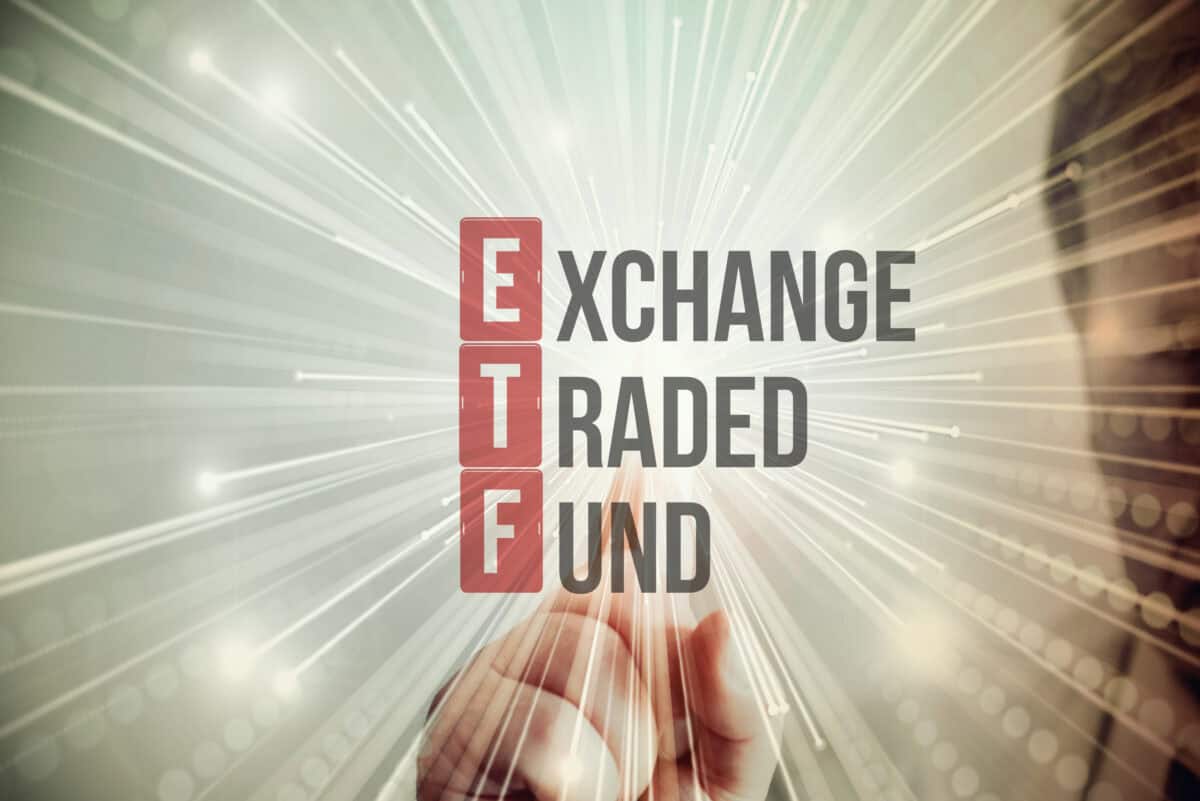For those of you new to investing, here’s a quick primer: the S&P 500 Index is like a barometer for the U.S. stock market. What exactly is it?
The S&P 500 is a rules-based index that tracks 500 of the largest U.S. companies. These companies are selected based on their size, liquidity, and earnings, and together they represent about 80% of the U.S. stock market by weight.
The good news is you don’t have to buy all 500 companies individually. You can invest in the S&P 500 through an index fund or exchange-traded fund (ETF).
Why do this? Historical data from SPIVA (S&P Indices Versus Active) shows that over the last 10 years, the S&P 500 outperformed 84.7% of all actively managed large-cap funds.
So, if you can’t beat the index, why not join it? Here are two low-cost S&P 500 index ETFs you can buy today.
BMO S&P 500 Index ETF
First up is the BMO S&P 500 Index ETF (TSX:ZSP), one of the largest and most popular ETFs in Canada, boasting over $17 billion in assets under management (AUM). What makes ZSP such a hit with investors?
One big reason is its low fees. With a management expense ratio (MER) of just 0.09%, it’s super affordable. If you invested $10,000, your annual fees would amount to just $9 – a fraction of what many other funds charge.
ZSP has also delivered impressive performance. Over the last 10 years, it has compounded at an annualized rate of 15%, with dividends reinvested.
BMO S&P 500 Hedged to CAD Index ETF
The BMO S&P 500 Hedged to CAD Index ETF (TSX:ZUE) is like a cousin to ZSP. Both ETFs track the S&P 500 and charge the same low 0.09% MER, but there’s one key difference: ZUE is currency hedged, while ZSP is not.
Why does this matter? Take ZSP’s impressive 15% 10-year annualized return as an example. Part of that return was boosted by a rising U.S. dollar (USD) relative to the Canadian dollar (CAD).
Because ZSP is denominated in CAD, its value increases when the USD strengthens against the CAD –essentially giving ZSP a tailwind. However, with the USD/CAD exchange recently hitting highs near 1.40, the tables could turn.
If the CAD starts to rise, ZSP could face headwinds instead of tailwinds. A stronger CAD would reduce the value of ZSP’s USD-denominated holdings when converted back into CAD, potentially dragging down returns. This is where ZUE comes in.
As a currency-hedged ETF, ZUE neutralizes the impact of currency fluctuations. A rising USD won’t boost ZUE’s returns, but a rising CAD won’t hurt it either. It’s a balanced choice if you’d rather not make bets on which way the USD/CAD exchange rate will move.









